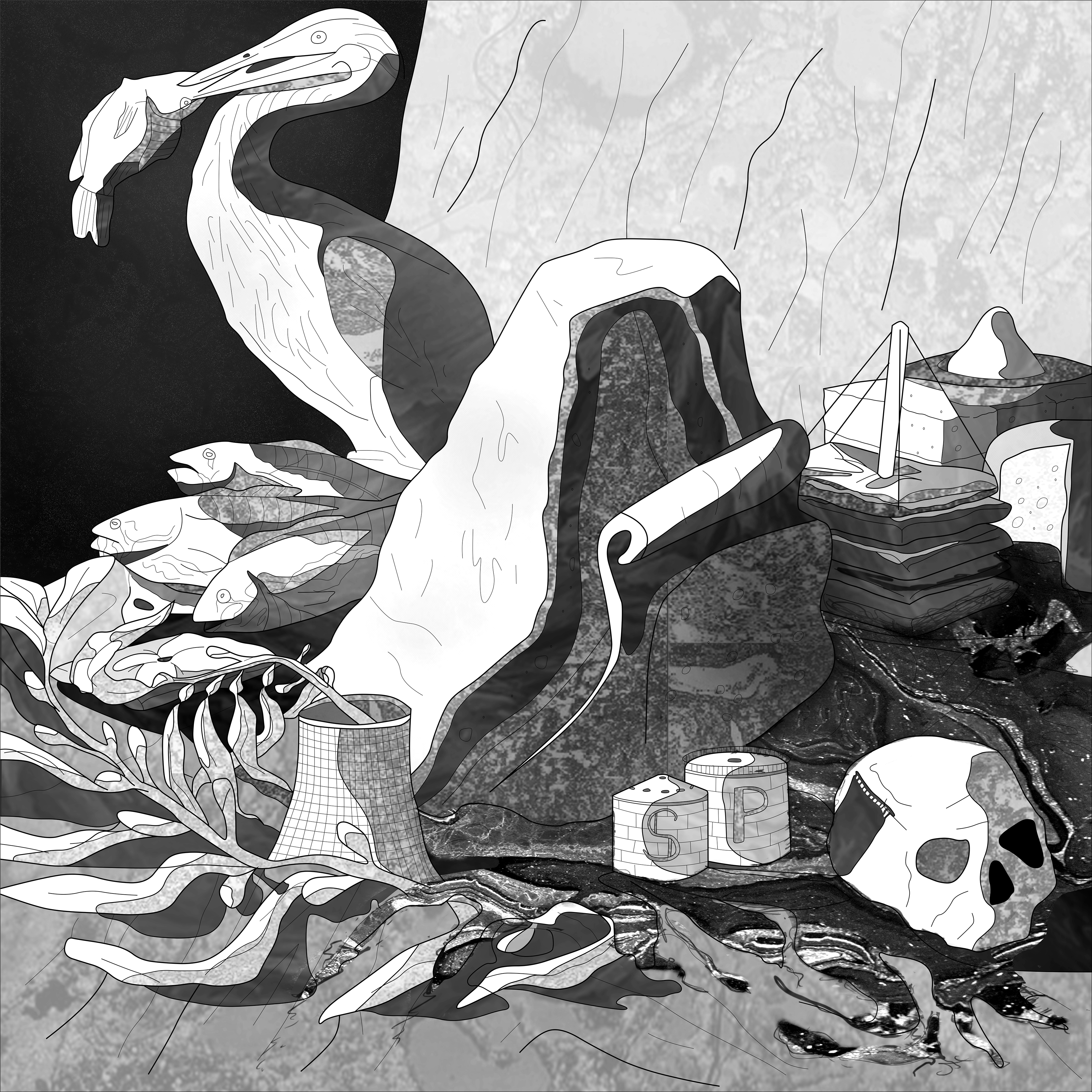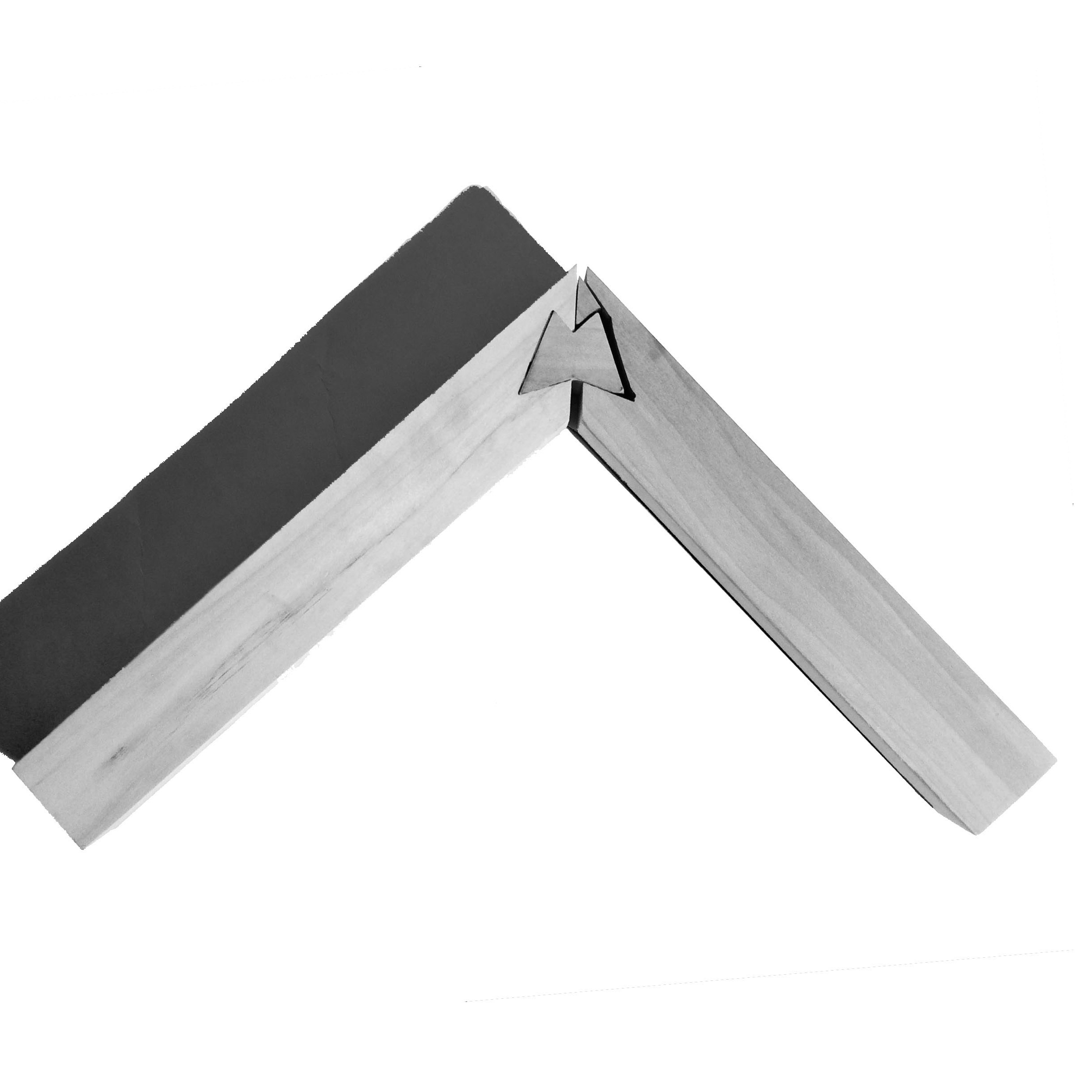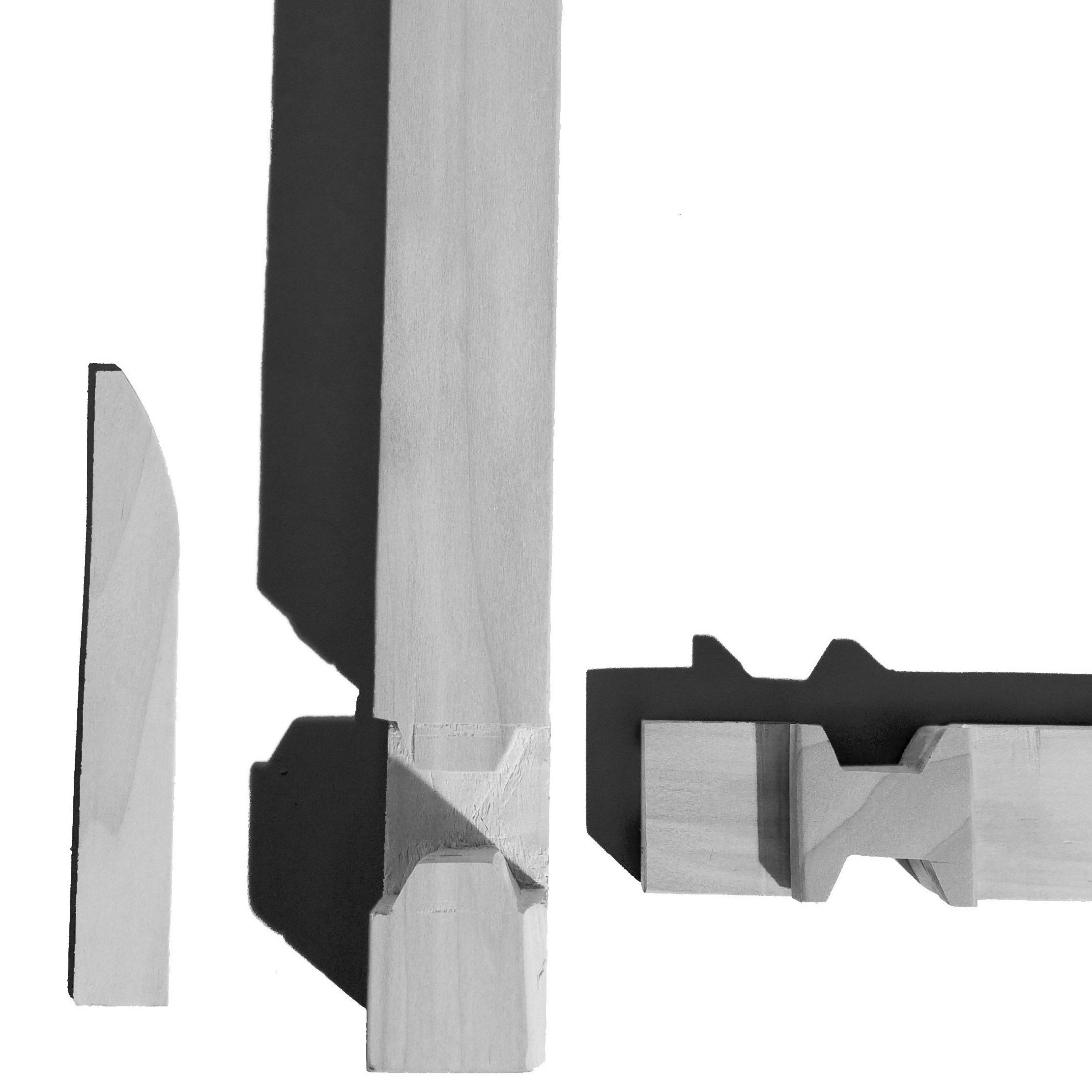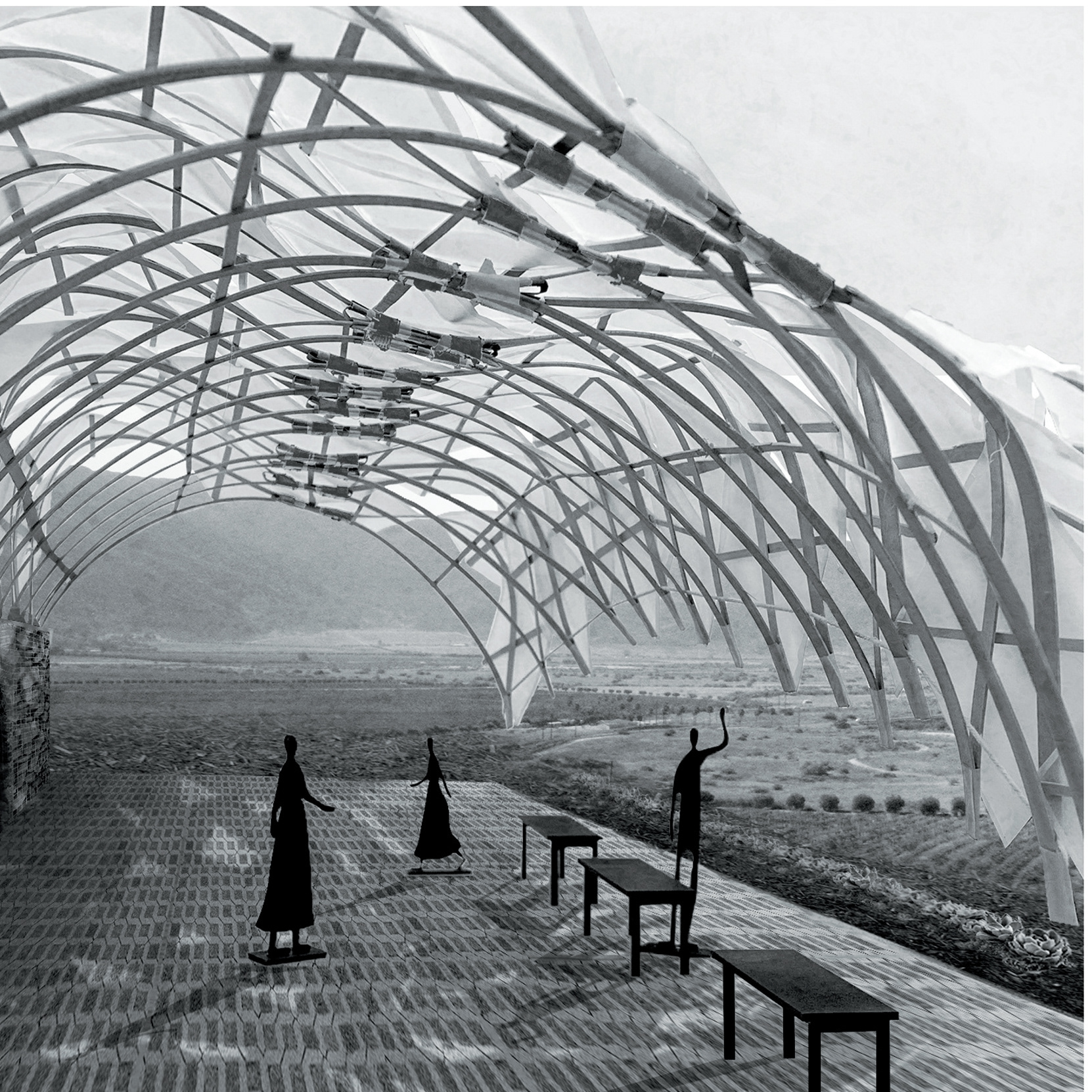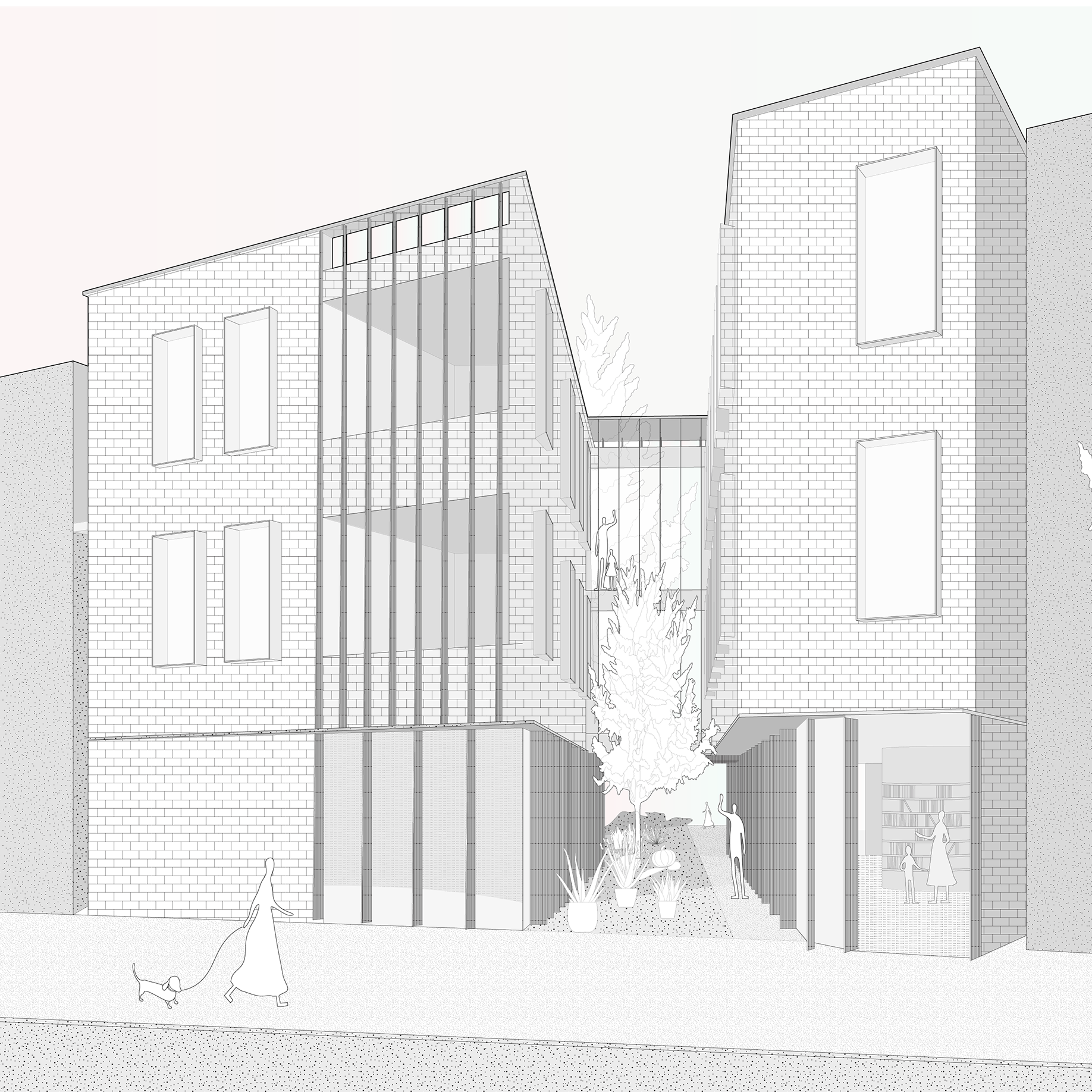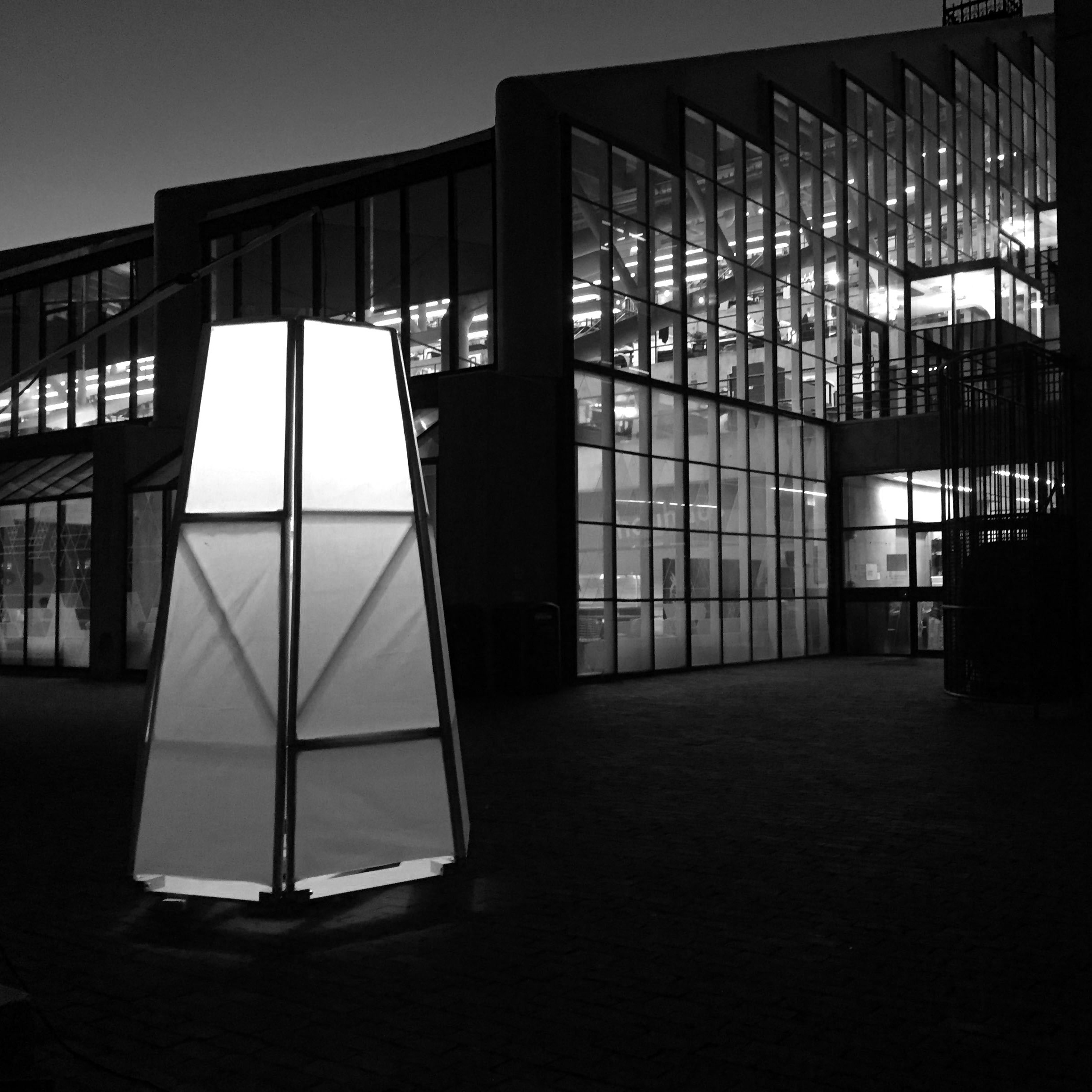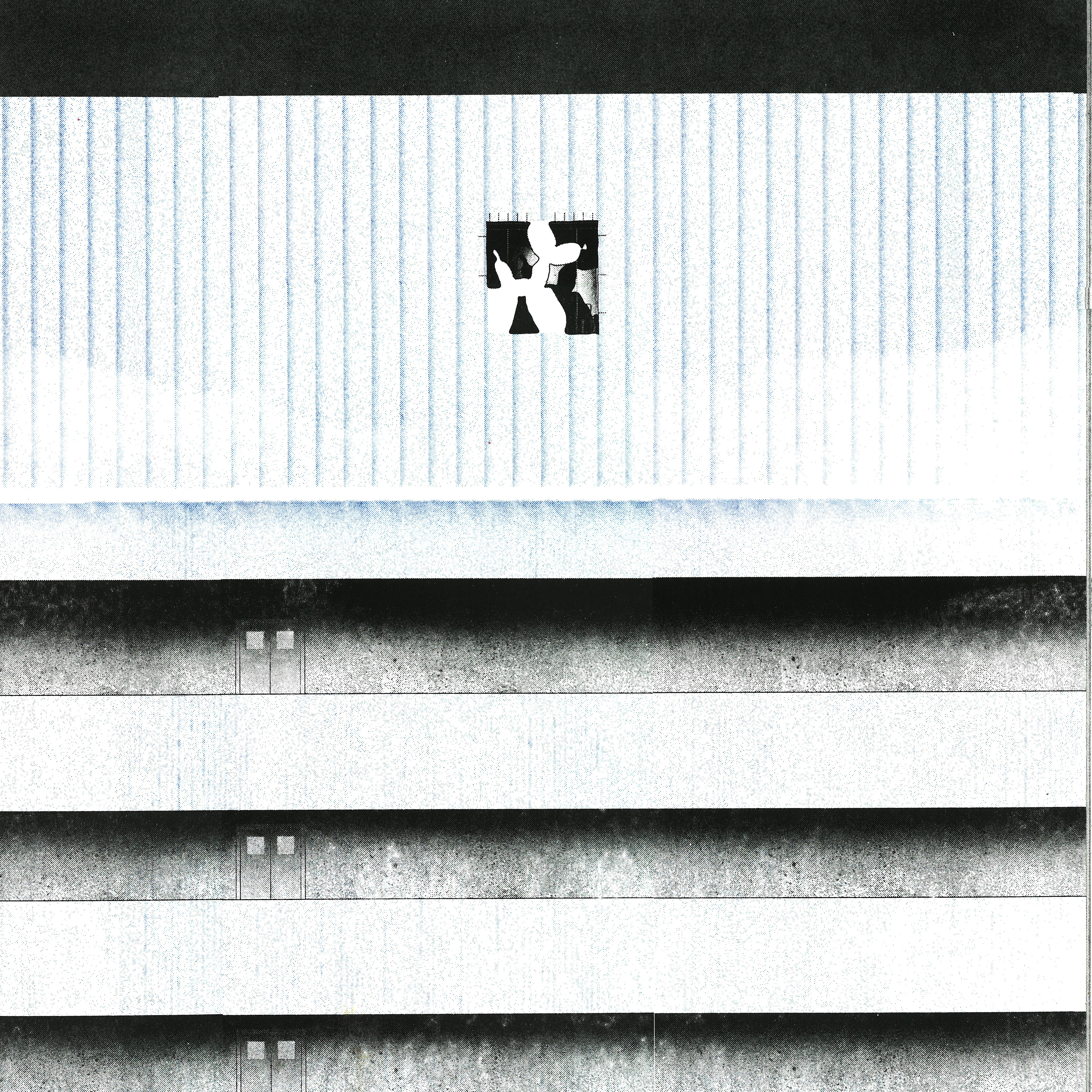A holistic exploration of the Swiss Alpine hut architectural type: history, experience, development.
Timeline: 2 semesters








Hiking up to the Konkordiahutte, Day 1.

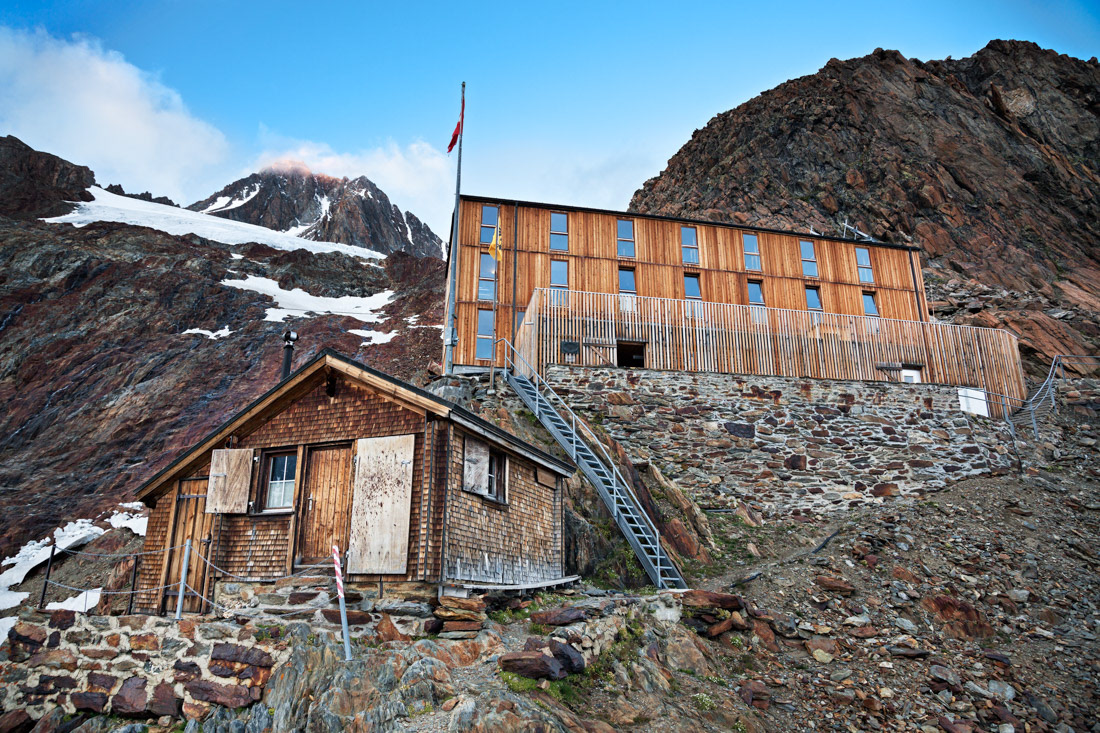

Konkordiahutte, Finsteraarhornhutte, Oberaarjochhutte
Approach: In this project, I explored what makes up the Swiss Alpine hut architectural type. But first, what are the Swiss Alpine huts? They are a system of shelters dispersed throughout the Alps at a distance of one-day's hike. During the open seasons (spring/summer) they are fully-manned, with a staff that cooks and cleans. Hikers either stay at one hut for several days, climbing surrounding peaks, or walks laterally, moving from hut to hut without descending down to the valley. The huts additionally have architectural trends manifested most strongly in their interior orientation: gear room, common room, dormitory room.
To collect information, I traveled to Grindelwald, Switzerland, embarking on a four day glacial trek through the Alps to document three huts: the Konkordiahutte, the Finsteraarhornhutte, and the Oberaarjochhutte. Initially, I thought I would encounter a consciously sustainable architecture, but that was not the case. You see, due to the harsh Alpine conditions, the Swiss Alpine hut has adopted various 'sustainable' practices, such as gathering energy from solar panels and limiting water consumption, but these are merely survival tactics, not a conscious attempt to lead as example. Neither hut wardens nor Swiss Alpine Club (SAC) members reported thinking of the huts as sustainable. While I did not find conscious sustainability, what I found was an evolving system, following social and environmental trends, with established rituals connected to the architecture.
Conclusion: In my research, I also found huts to be closely dependent on their environment for their functions -- functions that are lost when the environment changes, as it is right now. The melting of the glaciers directly affects these three huts, making challenges huts already face increasingly more problematic until they are impossible. As the glaciers continue to melt, the huts will have to continue adapting, writing a new chapter of Alpine hut architecture and culture.
